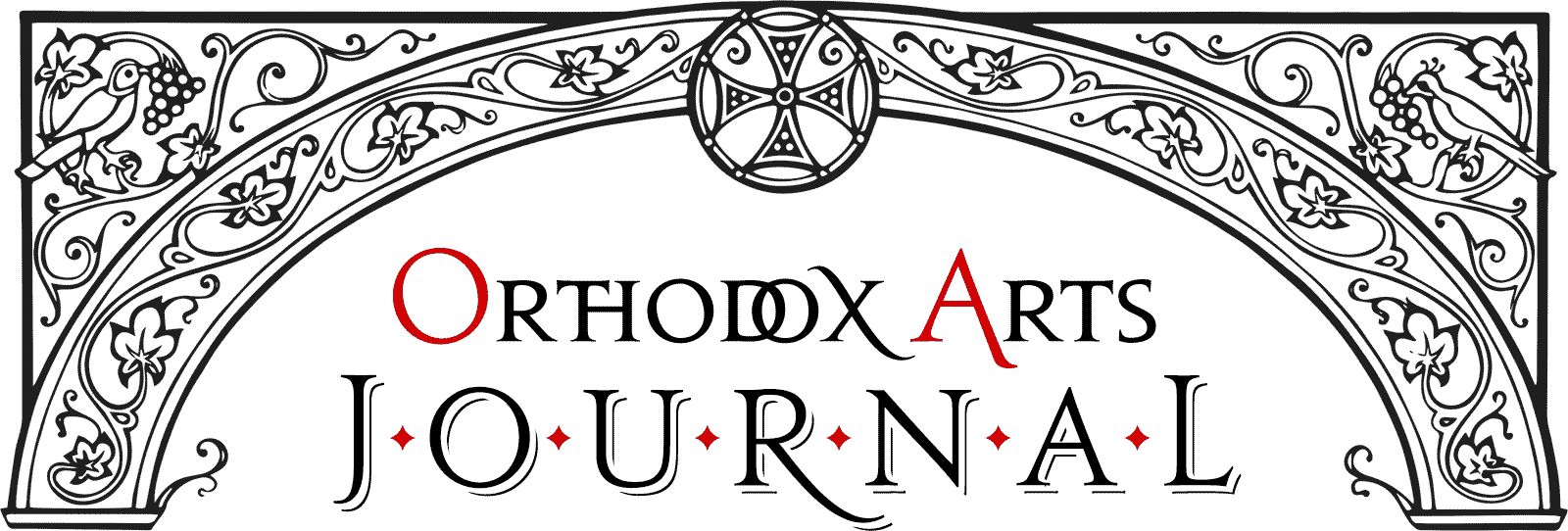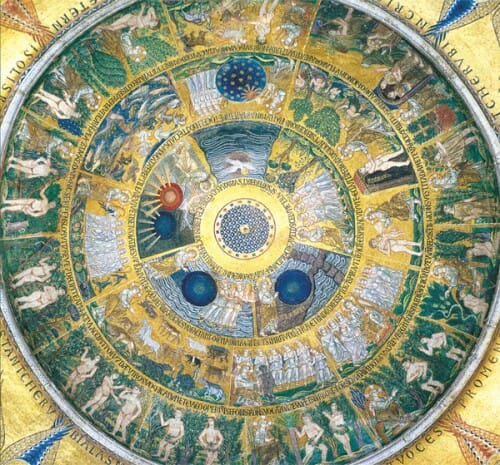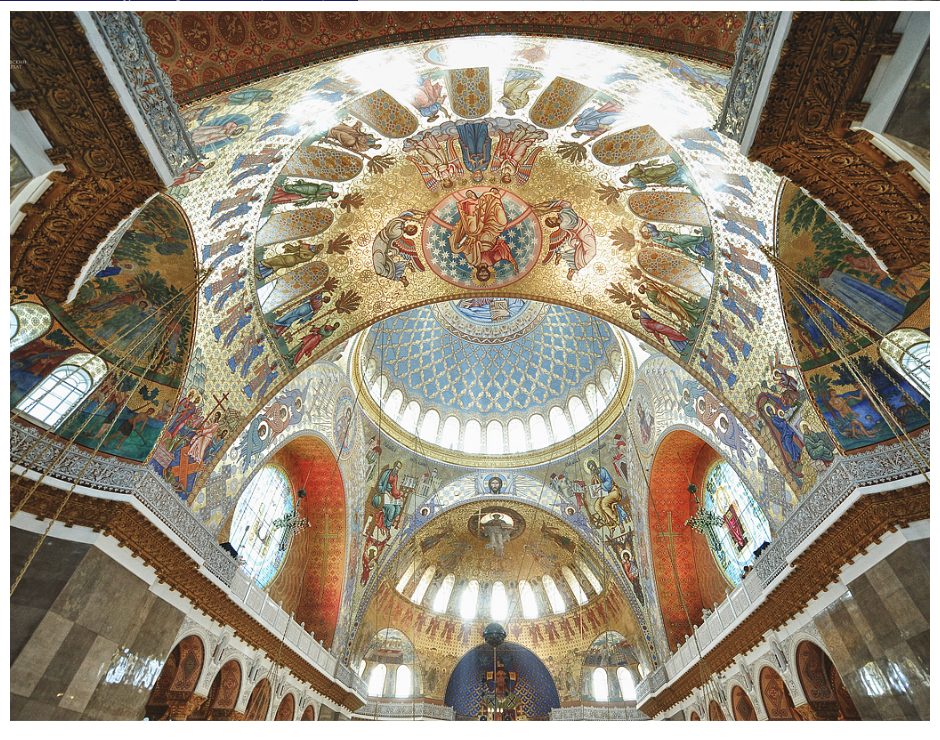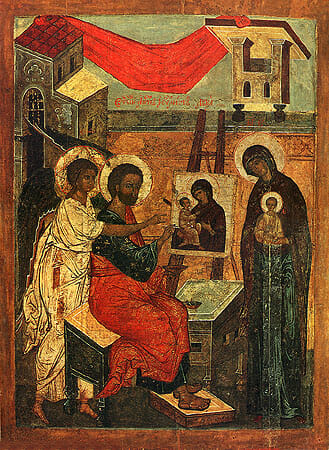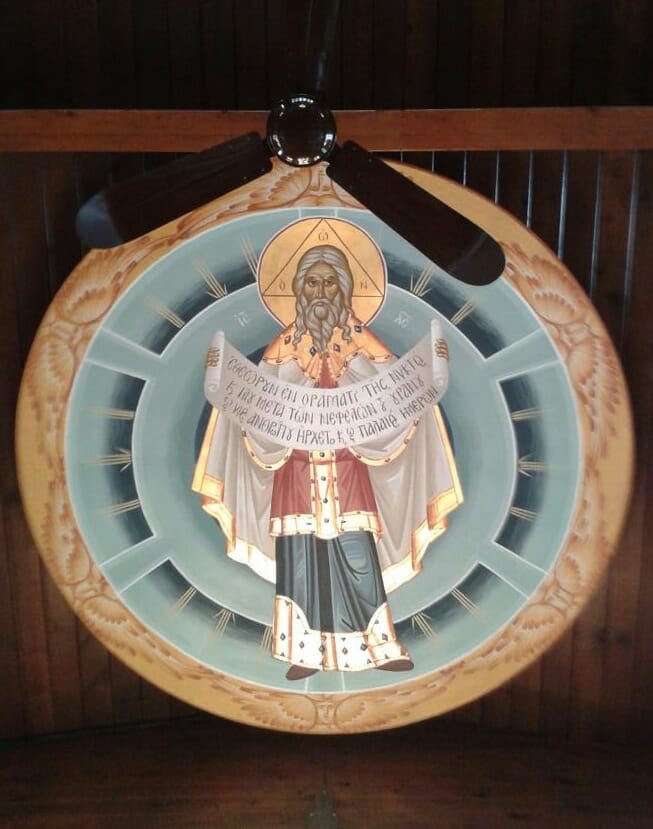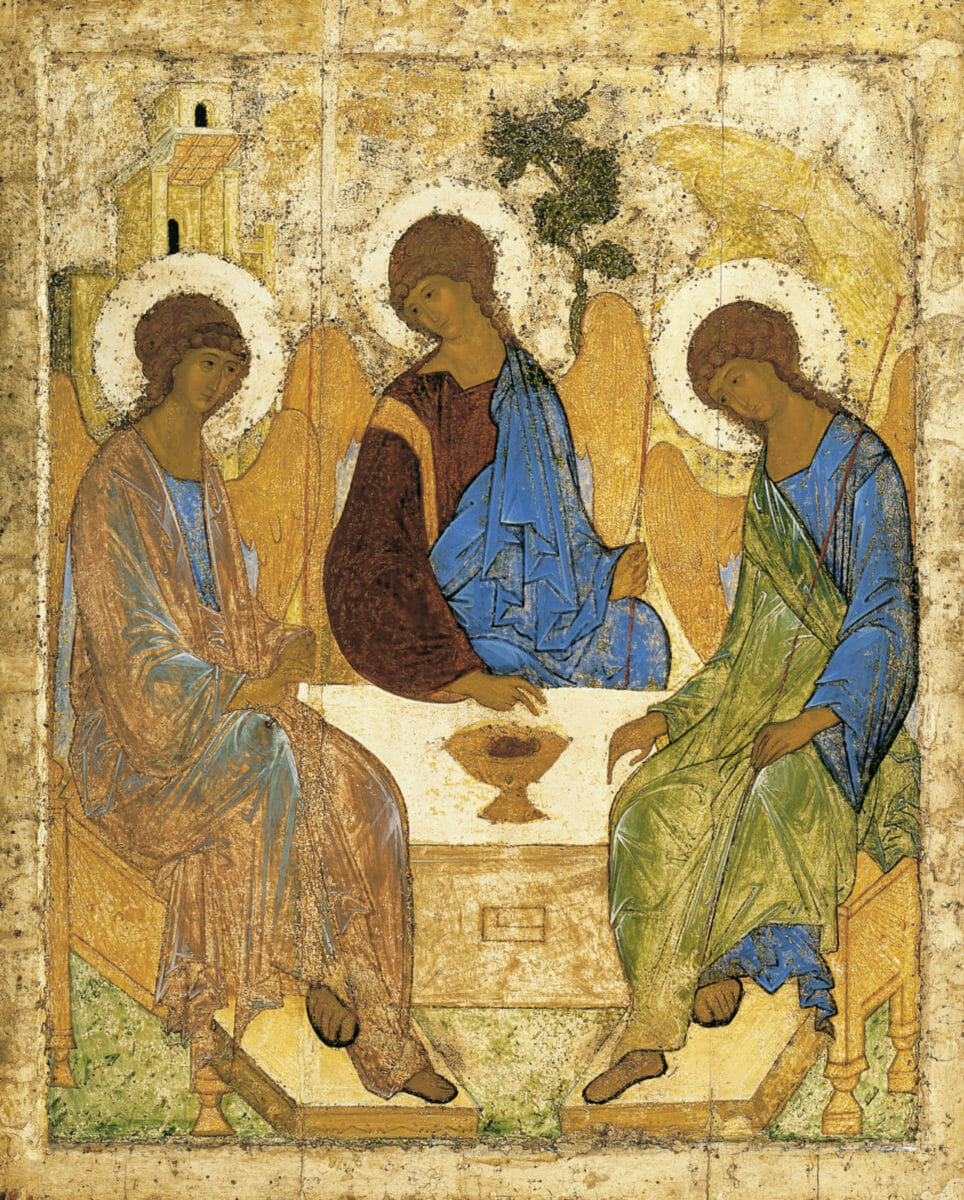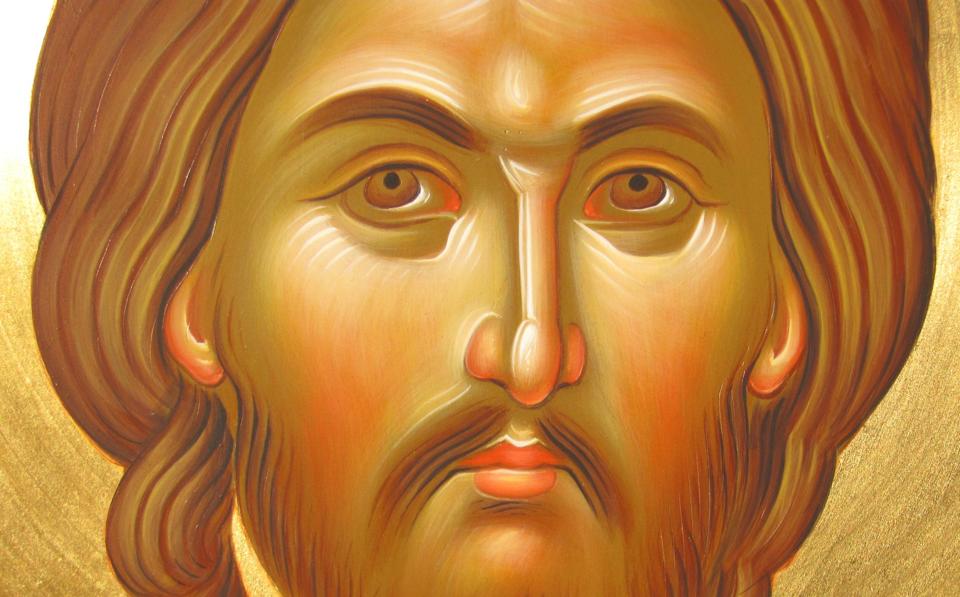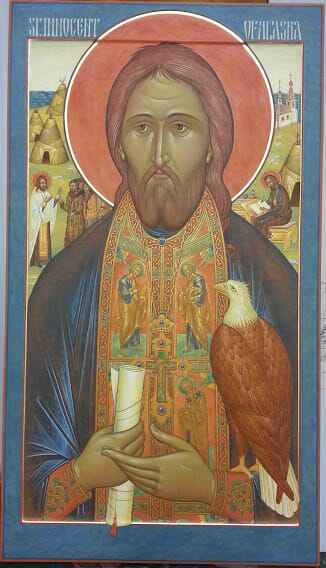Iconography
Degraded Iconicity III: Mysteriological Matter; As Above, So Below
This is post 3 of 6 in the series “Degraded Iconicity” Fr. Silouan Justiniano thinks through the effect of contemporary image culture and mechanical reproduction on iconography and our sense of the sacred. The Degraded Iconicity of the Icon: The Icon’s Materiality and Mechanical Reproduction Degraded Iconicity II: Uplifting Materiality and Symbol. Degraded Iconicity III:…
Continue reading »Degraded Iconicity II: Uplifting Materiality and Symbol.
This is post 2 of 6 in the series “Degraded Iconicity” Fr. Silouan Justiniano thinks through the effect of contemporary image culture and mechanical reproduction on iconography and our sense of the sacred. The Degraded Iconicity of the Icon: The Icon’s Materiality and Mechanical Reproduction Degraded Iconicity II: Uplifting Materiality and Symbol. Degraded Iconicity III:…
Continue reading »Archetype and Symbol : Thoughts on the Creative Act
This is post 1 of 2 in the series “Archetype and Symbol” Fr. Silouan explores the possibility of creativity and the creative act within an Orthodox theological frame. Archetype and Symbol : Thoughts on the Creative Act Archetype and Symbol II: On Noetic Vision A year ago a friend visited our monastery for a few…
Continue reading »The Degraded Iconicity of the Icon: The Icon’s Materiality and Mechanical Reproduction
This is post 1 of 6 in the series “Degraded Iconicity” Fr. Silouan Justiniano thinks through the effect of contemporary image culture and mechanical reproduction on iconography and our sense of the sacred. The Degraded Iconicity of the Icon: The Icon’s Materiality and Mechanical Reproduction Degraded Iconicity II: Uplifting Materiality and Symbol. Degraded Iconicity III:…
Continue reading »Letter To an Iconographer on The Ancient of Days
Sometime ago, a friend sent me an image of the Ancient of Days that is being painted in a Greek Orthodox parish in Montréal, Québec, Canada. He wanted to know what I thought of it. The first image was not yet finished and the seond one is finished. I wrote him back the following comments. …
Continue reading »Designing Icons (pt.8): The Theology Behind Iconographic Perspective
This is post 8 of 9 in the series “Designing Icons” Aidan Hart gives us a full chapter on designing icons from his book “Techniques of Icon and Wall Painting.” Designing Icons (pt.1) Designing Icons (pt.2): Icon Prototypes Designing Icons (pt.3): New Icons Designing Icons (pt.4): Researching Festal Icons Designing Icons (pt.5): Conventions of Traditional…
Continue reading »Authority on The Right. Power on The Left.
This is post 3 of 3 in the series “The Right and Left Hand in Iconography” Jonathan Pageau examines the recurrence of left and right hand symbolism in traditional art and how they create a pattern of engagement in the world. Mercy on The Right. Rigor on The Left St-Peter on The Right. St-Paul on…
Continue reading »Daniel Neculae: Between Panselinos and Rublev
Daniel Neculae is a Romanian iconographer living in Luxembourg. He has a BA in Byzantine iconography from Bucharest University. He is going to show some of his icons in London, at the Sacred Space Gallery from March 11 to April 04 and so it seemed like a good opportunity to feature his icons here. Upon looking…
Continue reading »Artist Profile: Fr. Silouan Justiniano, Iconographer
Editor’s Note– At the beginning of February, I received an email from an iconographer, Fr. Silouan Justiniano of the Brotherhood of the Holy Cross (ROCOR) in Long Island, New York. Fr. Silouan had an article he was interested in having the Orthodox Arts Journal publish. We will publish it, and Fr. Silouan will henceforth be…
Continue reading »Iconography in the Atlantic Rain Forest
We at Hexaemeron celebrated our tenth anniversary almost 5000 miles from home base. Returning from an iconography workshop we held in the Atlantic Rain Forest of Brazil, January 19 to 26, we had time to reflect on our past and future: it seems like only yesterday when we started in 2003 with 30 students. And…
Continue reading »